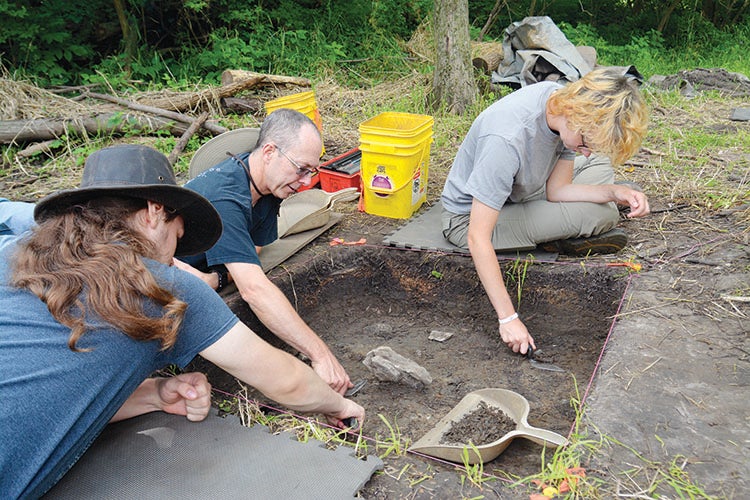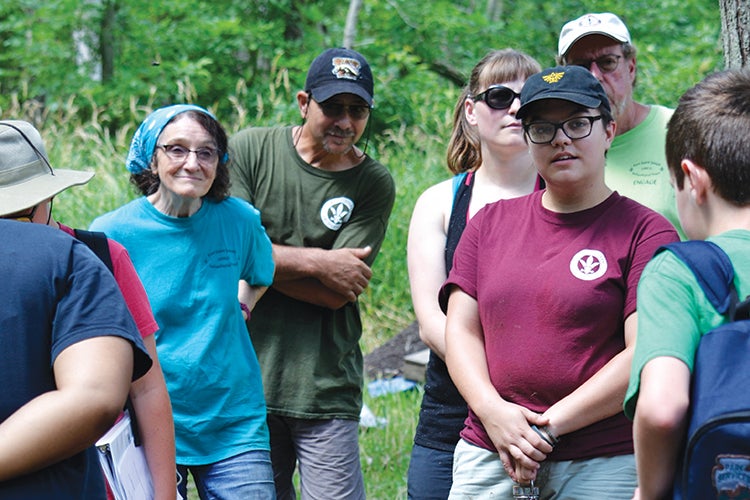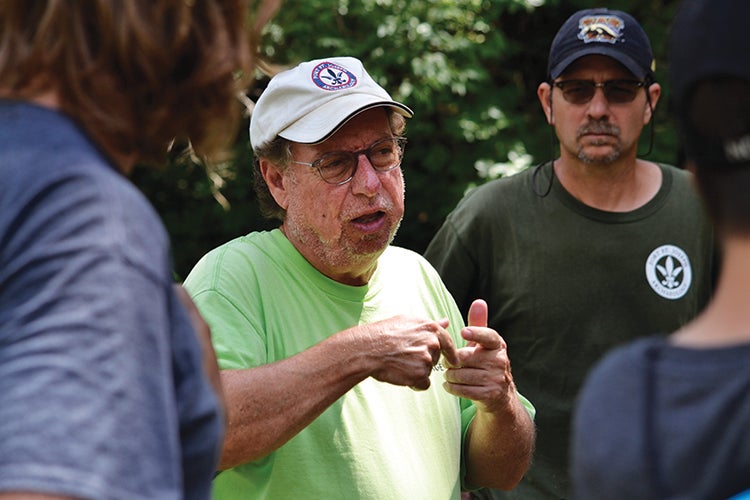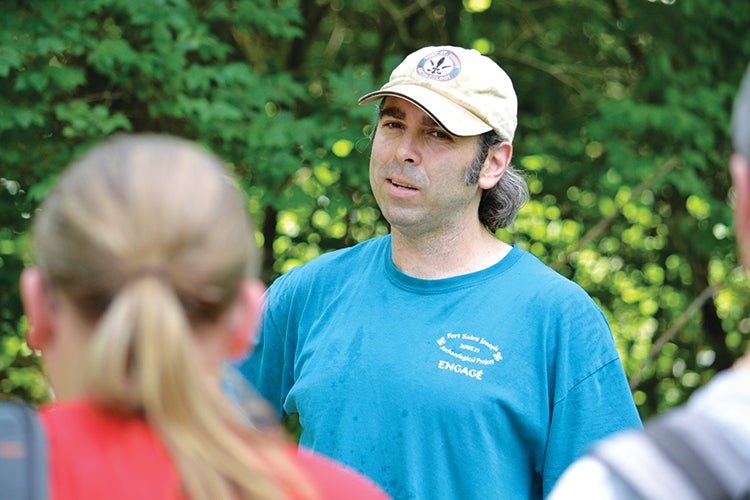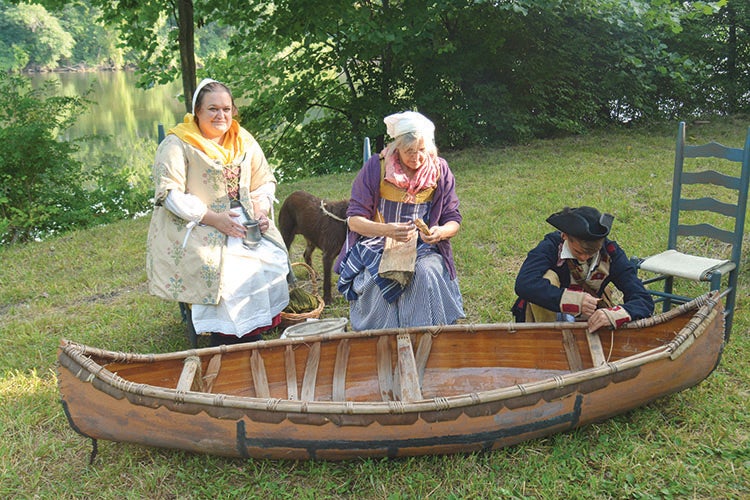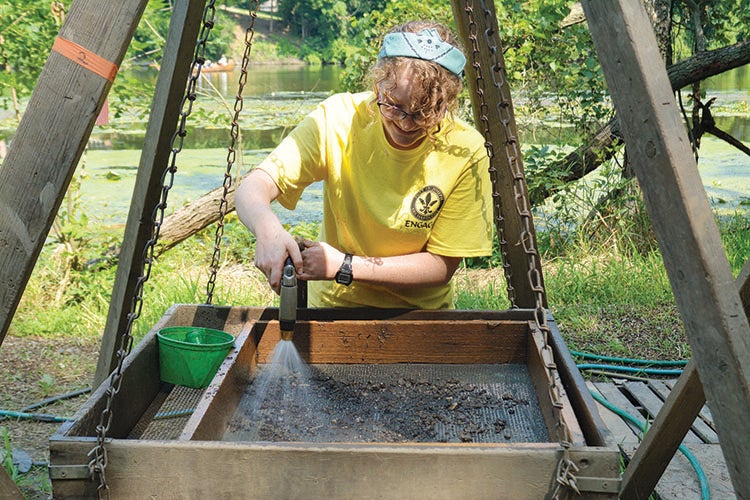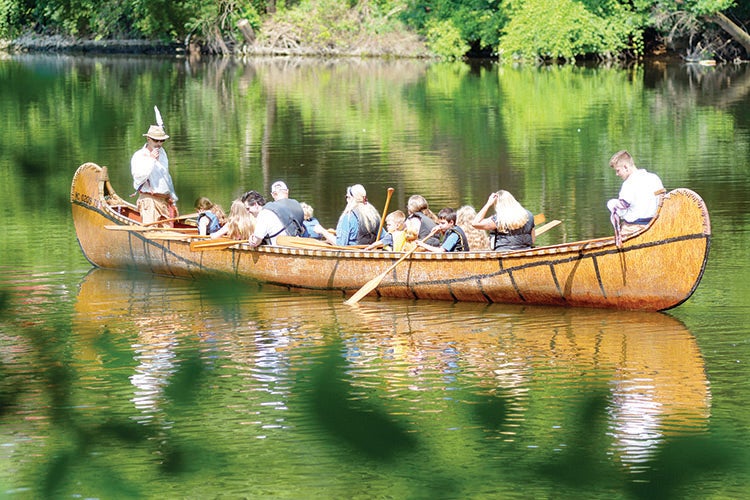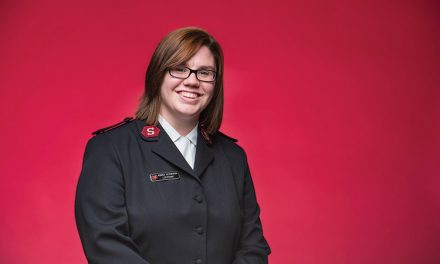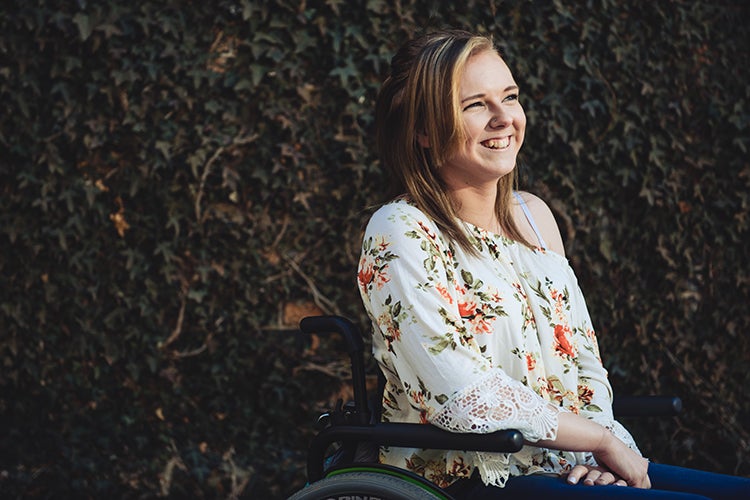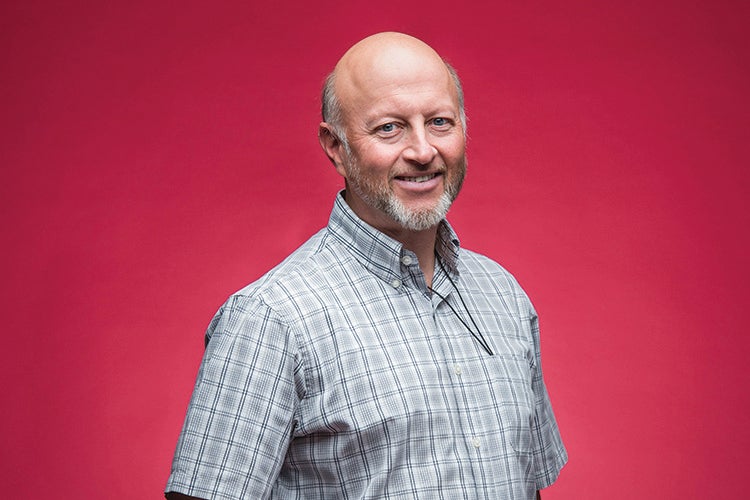Visitors to Niles may wonder how it received its motto, “City of Four Flags.” Why would a U.S. town proudly promote flags representing England, France and Spain on its street signs and government buildings?
Those three nations — along with, of course, the U.S. — have been at the core of Niles’ identity since 1691.
Niles hosts the site of Fort St. Joseph, a mission, garrison and trading post that went from French to English to Spanish hands centuries ago.
Now, the U.S. has assumed “control.” For almost every year since 1998, the city of Niles has teamed up with Western Michigan University’s archeology department to unearth remnants of the fort’s past to discover what it might have looked like and how its inhabitants might have lived.
“The project began with a question, a pretty simple question: Where’s the fort?” says Micheal Nassaney, principal investigator of the fort site and WMU archeology professor.
What is most remarkable about Niles’ Fort St. Joe is that it was devised without confirmation that the fort existed in city limits.
“It was good community lore for a long time that there was a fort in this area,” says Christina Arseneau, Niles History Center director. “It wasn’t until 1998 when archeologists from WMU came down and actually started digging and found artifacts that they could confirm the exact location.”
The history center’s Fort St. Joe Museum is located in the former stable and boiler house of Niles’ Chapin Mansion. It houses the history of Fort St. Joe, depicted through displays, pictures and artifacts. Christina is in the process of updating the museum’s information because WMU’s archeologists, volunteers and students discover more and more history in real time each year.
“Unlike some sites, there are no detailed maps or drawings or descriptions of Fort St. Joseph,” Michael says. “So, we’re literally constructing the map of Fort St. Joseph by doing the archeology. That’s why we’ve been at it for so long.”
What Christina currently has on display are largely items that those walking through the fort’s site near Bond and Fort streets found before excavations began. The artifacts are part of more than 300,000 items discovered on site.
The range of items is wide, matching the diversity of purposes the fort served.
Everyday items — like pipe bowls, china, kettles and fishing hooks — give insight into eating habits, wealth and leisure.
Beads reveal the fort’s significance in trading. Some researchers believe the fort was the fourth-most productive fur trading site in the area.
Still, other items reveal the fort’s missionary roots. It is thought that the fort’s missionaries forced local Native Americans to assimilate to Christian beliefs.
Despite the breadth of items found, little evidence of the houses of those using the items has yet been found, Michael says. It is thought that fur traders, a commandant, a priest, a blacksmith, officers and up to 10 soldiers lived on the premises, but only evidence of the blacksmith’s house has
been found.
That is why WMU researchers plan to expand their search site this year. They want to find out about the fort’s palisade walls and its military quarters.
“This should be exciting, because we’re more likely to find more archeological materials in areas that we haven’t looked before,” Michael says.
To do so, WMU faculty and students will receive help from volunteers, area school students and lifelong learners in similar ways to when the collegiate department first began digging 21 years ago.
It is what Michael calls “public archaeology.”
“The research questions that we ask and the way we do work very much involves community members and community groups,” he said.
The city of Niles created the Fort St. Joe Advisory Committee to ensure that the work conducted was in the public good. When WMU’s archaeology department disseminates scholarly materials on the project, it makes sure it is accessible for the public and academics.
The two entities also host a number of public events that have drawn in thousands of attendees.
The first event to start is the summer archaeology lecture series at 7 p.m. on Wednesday, July 10, at the Niles District Library. Topics will range from lessons on curating to preserving historical artifacts at the evening event and for the three Wednesday evenings following.
Five days later, the first of three summer camp programs will begin. Entering sixth-grade students up to adults can work with the archaeologists and archaeology students at the site of Fort St. Joe during a one-week, six-hour-a-day program. The camp is meant to teach participants about the history of the fort by helping with on-site excavations.
Michigan adult residents have the ability to earn WMU graduate credits, or State Board Continuing Education credits by signing up for the $150 program. Indiana residents can earn credit toward their Professional Growth Plans.
Site events conclude with an archaeology open house titled, “Curation: Preserving the Past for the Future.” On Aug. 3 and 4, anyone can visit the site and view the recently found artifacts. There will also be a living history village, children’s activities, replica birchbark canoe rides, presentations on curation and a historical walking tour.
Miro Dunham, of Albion, Michigan, attended the project as part of archeology field school. He said that the day-to-day activities of excavation can seem mundane on paper, but each day brings something entirely new, like doing lab work.
“It was kind of refreshing to be able to sit with everyone around a table and see the things that other groups had found in their units and hear the stories of their findings,” he says. “It was a great way to connect and learn from each other.”
Miro will be working with the archaeology department for the second year in a row. He graduated from Albion College in May.
“Traveling to places like Fort Michilimackinac and Fort Mackinac always sparked my interest in the history and the people of the fur trade,” he says. “When the program was recommended to me, I knew I had to do it. It’s one of the longest-running field schools ever in the United States.”
Before any digging can begin, though, the WMU team will need to dry up the fort’s site.
“A good part of it is underwater,” Christina says. “Most of it is where the French Paper dam is. It changed the river level, and so a lot of area in the fort is now underwater.”
The team will need to dry out the site by draining it, lowering the groundwater table.
Once completed, digging can begin for scholars, students, teachers and volunteers alike.
“It’s pretty neat for a small town like Niles to have, and it’s a pretty archaeologically significant site,” Christina says.
Photography by Emily Sobecki and Kelsey Hammon

